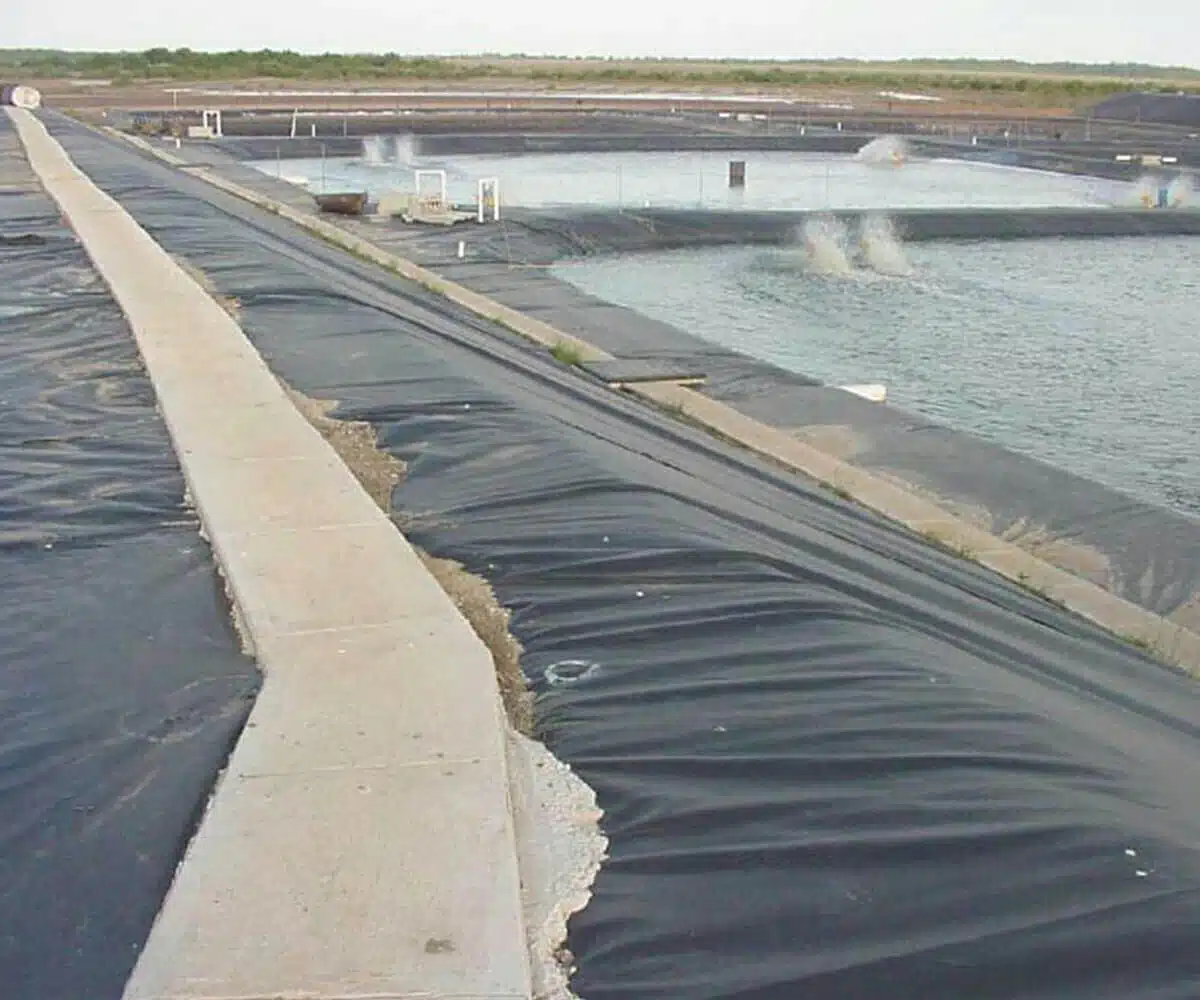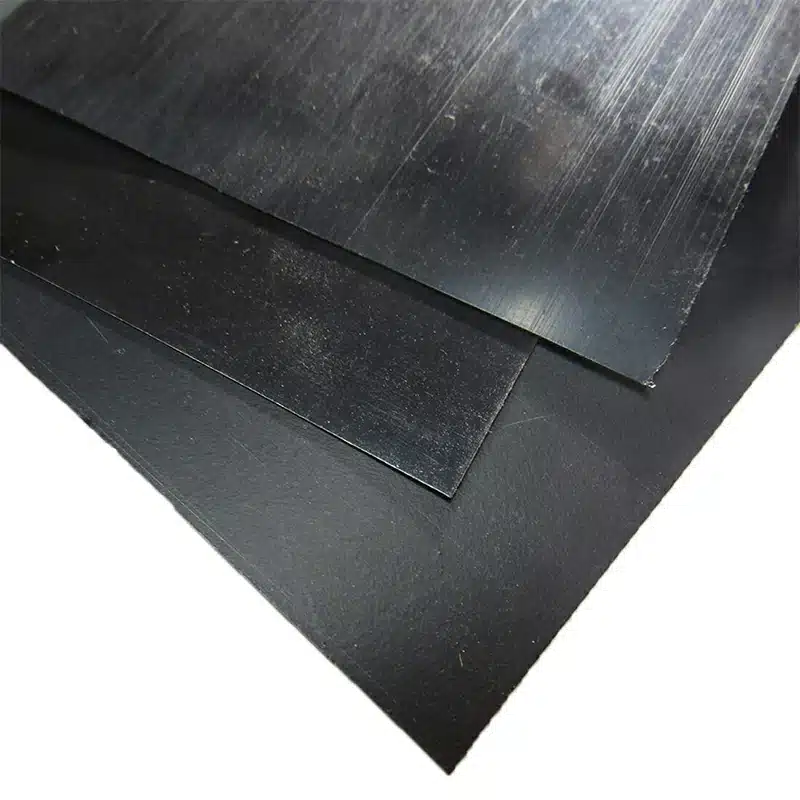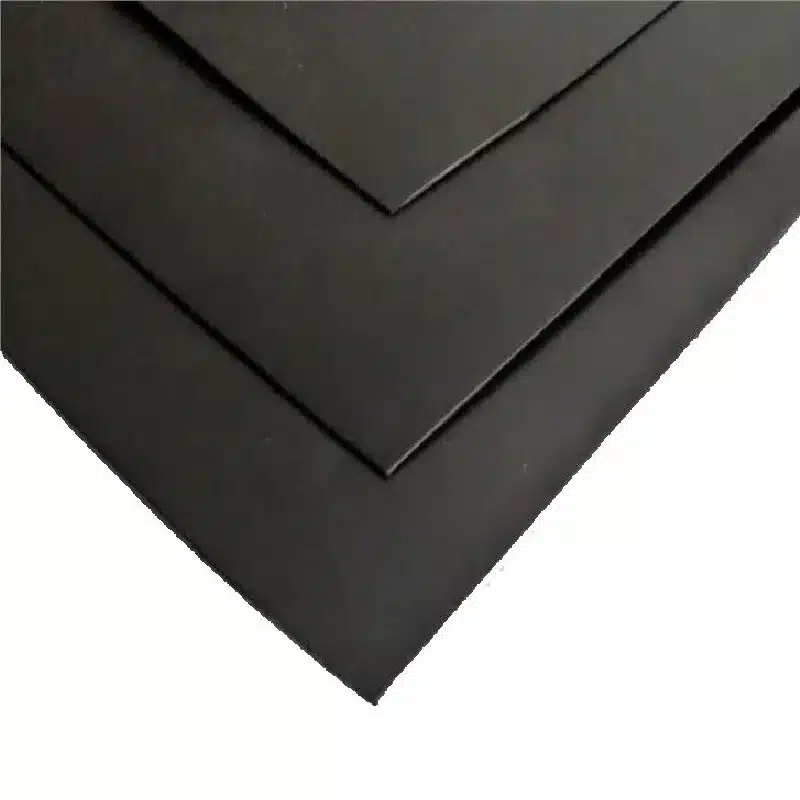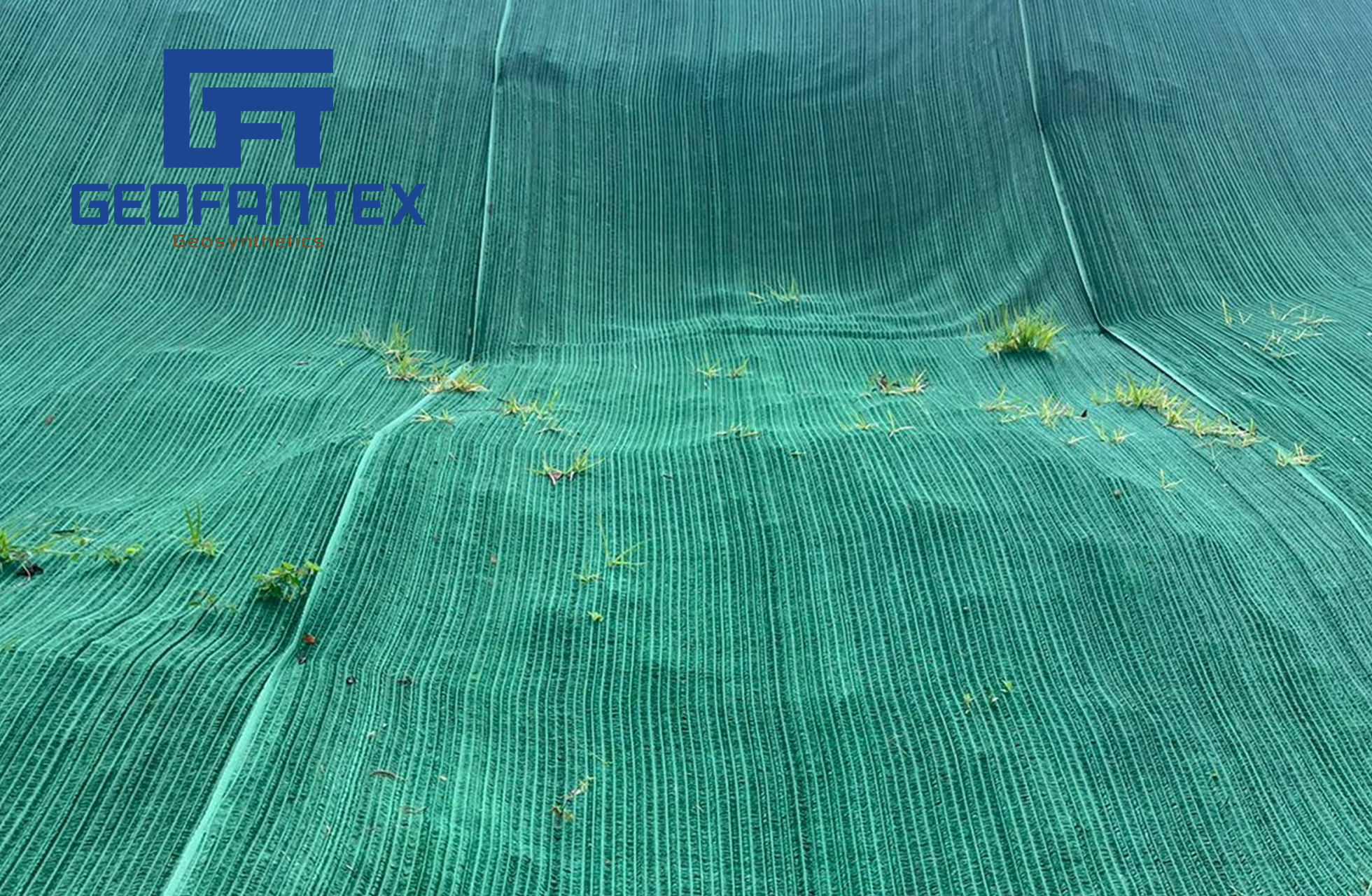+86-159 9860 6917
info@geofantex.com
geofantex@gmail.com
+86-400-8266163-44899
Geomembranes are essential components in various civil engineering, environmental, and construction projects. Understanding geomembrane and its uses can help you choose the right material for applications such as landfills, water containment, and slope protection. This article dives into the practical applications of geomembrane, answering common questions related to its functionality and benefits in geosynthetics.
What Is a Geomembrane, and What Is It Used For?
A geomembrane is a synthetic barrier material made of polymers designed to control fluid or gas migration in a variety of applications. It is primarily used for waterproofing and containment purposes, making it invaluable in industries like environmental protection, waste management, and civil engineering. Some of its key applications include:
- Landfills: To prevent the contamination of soil and groundwater from hazardous waste.
- Water containment: This includes ponds, reservoirs, and dams.
- Slope protection: Geomembranes are used in conjunction with geogrids or geocells for stabilization.
By providing a flexible yet durable solution, geomembranes are crucial for safeguarding against environmental contamination.

How Does a Geomembrane Work in Landfills?
In landfill construction, geomembranes play a vital role in isolating waste materials from the environment. These membranes are placed as a liner at the bottom of landfills to prevent leachate (contaminated water) from seeping into the surrounding soil and groundwater. Their impermeability makes them highly effective in containment applications. By using a geomembrane, landfills are able to meet stringent environmental protection regulations, ensuring the long-term safety of the ecosystem.
Can Geomembranes Be Used for Water Containment?
Yes, geomembranes are commonly used for water containment in various industries. They act as barriers to prevent water from leaking out of ponds, lakes, or reservoirs, which is especially crucial for applications like irrigation, aquaculture, and stormwater management. Due to their resistance to water, UV radiation, and chemicals, geomembranes are considered highly reliable for long-term containment solutions. Their application ensures minimal maintenance costs while maintaining water quality.
What are the benefits of using Geomembranes for Slope Protection?
Geomembranes are used in slope protection to prevent erosion and improve soil stability. When combined with geogrids or geocells, geomembranes create a robust system that stabilizes the ground while allowing for effective drainage. This combination helps to prevent soil movement, especially in areas prone to landslides or heavy rain. Additionally, geomembranes help protect against the degradation of natural landscapes, preserving both the environment and the structural integrity of the slopes.
In conclusion, geomembranes offer versatile solutions for various applications related to geosynthetics. From landfill liners to water containment and slope protection, their role in controlling fluid migration and enhancing structural integrity cannot be overstated. Understanding geomembrane properties helps engineers and contractors make informed decisions about material selection, ensuring long-lasting and cost-effective results for their projects.



Get Free Sample
We’ll respond as soon as possible(within 12 hours)






















